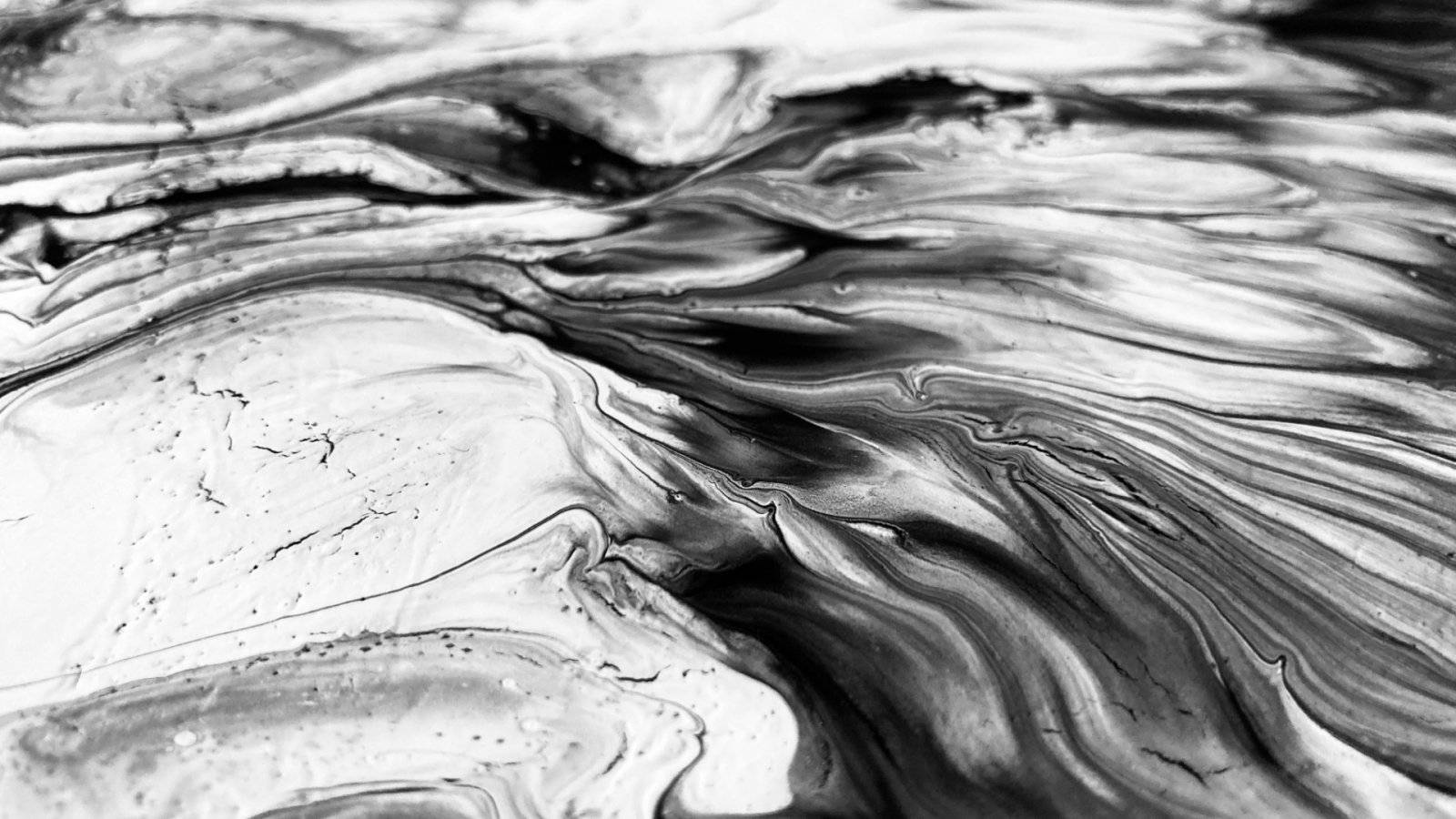What defines a monochrome painting?
In simple terms, a monochrome painting is an artwork that employs a single color or shade as its primary ingredient. While interpretations in shades and tones of the selected color may be present, the essential factor is the utilization of just one base color. But where did this trend start? Over the span of more than a century, various artists have adopted monochrome as a tool to delve into the opportunities and limitations of painting. This minimalist method has allowed them to experiment with basic aspects of design, and tonality, and even study profound concepts such as nature, the sublime, and spiritual themes.
Josef Albers
Renowned as a leading figure in monochromatic and color theory, Josef Albers (1888-1976), a German-American artist, occupies a central place in art history. He obtained his artistic education at the prestigious Bauhaus School of Art, design, and Architecture, where he later became a lecturer. However, with the closure of the school by the Nazis in 1933, Albers, accompanied by his wife Annie Albers, also an artist from the Bauhaus, relocated to the United States.
In America, Albers accepted the role of the head at Black Mountain College, a new organization in North Carolina that adopted the ideology of the Bauhaus, housing numerous of its educators. During his term at Black Mountain College, Albers not only taught but was also immersed in artistic creation and exploratory ventures involving color theory. It was during this time that he embarked on a remarkable 25-year exploration of his renowned series, Homage to the Square.
In 1949, Albers bid farewell to Black Mountain College and took the role of Head of the Design Department at Yale University. Concurrently, he continued his devoted pursuit of the Homage to the Square series, which would leave a lasting mark on his artistic legacy.
Kazimir Malevich
Born in Kiev, Kazimir Malevich (1878-1935), an artist fascinated by the speed and technical progress of airplanes and cars, played a key role in the creation of the manifesto for the First Futurist Congress in 1913, alongside composer Mikhail Matyushin and writer Alexei Kruchenykh. Drawing inspiration from his fascination with airplanes, Malevich unveiled his renowned geometric abstraction, Suprematist Composition: White on White, at the groundbreaking 1915 exhibition known as 0.10: The Last Futurist Exhibition, held in Petrograd.
In this seminal work, Malevich presented a white square placed upon a white background, seemingly detached from the confines of our physical reality, stimulating a sense of transcendence akin to the knowledge of airplanes and aerial photography. The image, White on White, was radical and revolutionary for its time. While the selection of white might be perceived as detached or cold, the existence of the artist's traces within the texture of the paint and his view that this color resonated with a realm of elevated feelings imbued the painting with a sense of warmth and expansiveness.
Ad Reinhardt
Adolph Reinhardt (1913-1967) was an abstract painter who made quite a big impact on the New York art stage in his lifetime. You might have heard of him as he was famous for his influential contributions to the minimalist and monochrome painting movements, Reinhardt was an active member of the American Abstract Artists group and experienced in the abstract expressionism movement, especially showcased at the Betty Parsons Gallery. Drawing inspiration from Kazimir Malevich's iconic Black Square, Reinhardt ventured on his Black Paintings series, which spanned from 1954 to 1967. Symbolizing both a pioneering and culminating body of work, Reinhardt perceived them as the ultimate evolution of Modernism. The series consists of muted black oil paintings on canvas, displaying nuanced variations in tone and shade that add a contradictory complexity to their obvious simplicity.
Yves Klein
Yves Klein (1928-1962), a French artist, launched a creative artistic journey by presenting a revolutionary color known as International Klein Blue. Via a collaboration with Edouard Adam, a French paint supplier, Klein created a unique pigment that used a synthetic resin binder to enhance the intensity of the ultramarine hue. This vibrant blue shade became indelibly associated with Klein when he famously declared the blue sky as his inaugural painting. Subsequently, International Klein Blue became a regular presence in his oeuvre, displaying in monumental monochromatic abstractions that engulfed vast canvases.
In a famous example, Klein even used the pigment alongside the bodies of women as he made a piece that showcased the intersection of the pigment and the human form on canvas. For Klein, a monochromatic painting represented a gateway to freedom, allowing him to engage in the eternal realm of color.






